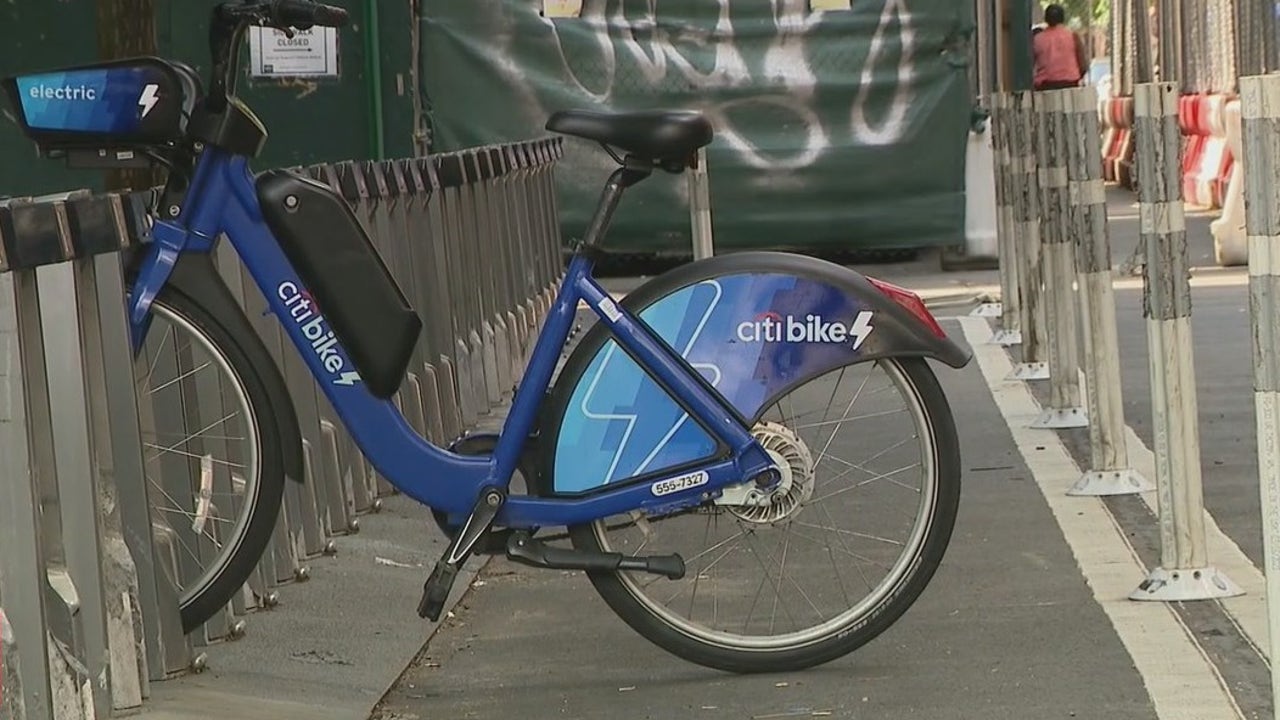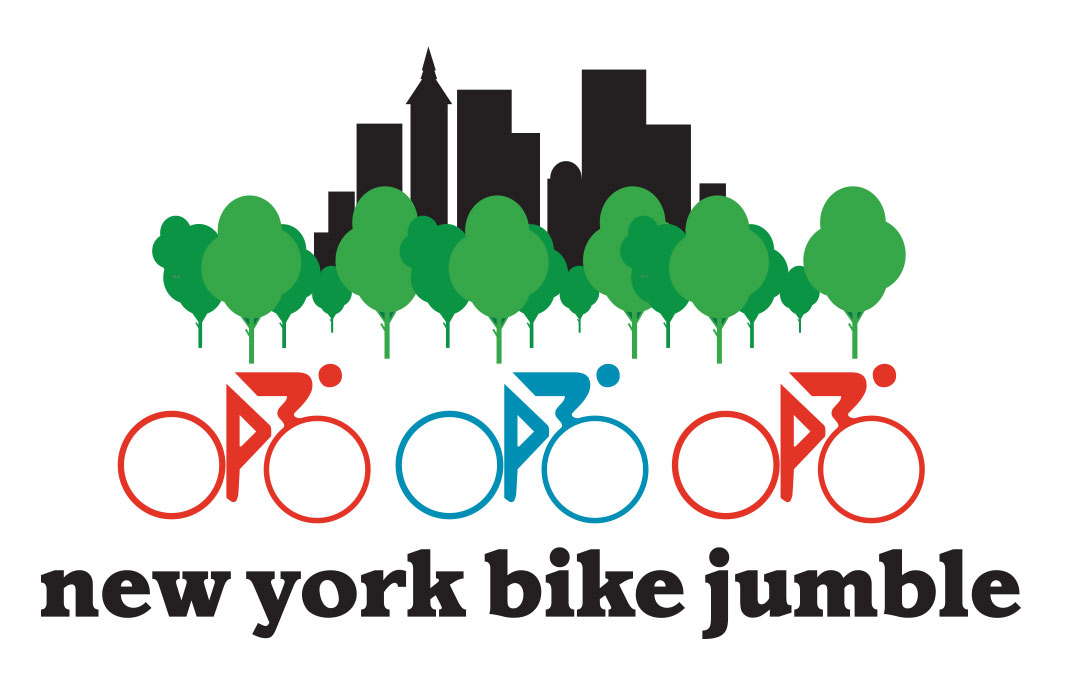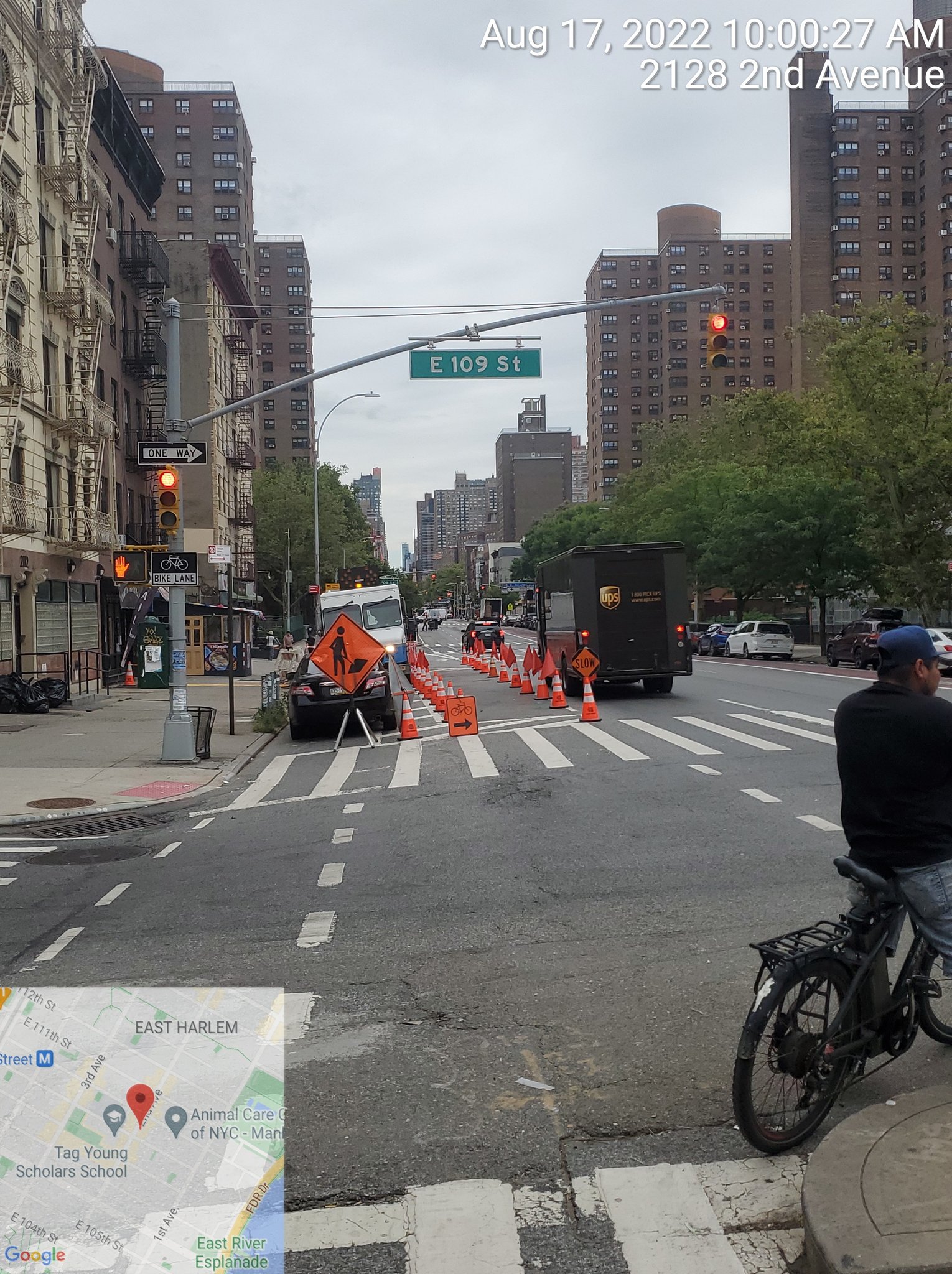Installing cameras that automatically ticket drivers who obstruct bike lanes would make riding safer. In New York City, such enforcement technology could be on its way.

www.bloomberg.com
A New Tool in the Battle to Keep the Bike Lane Clear
Installing cameras that automatically ticket drivers who obstruct bike lanes would make riding safer. In New York City, such enforcement technology could be on its way.
A driver getting hit with a traffic ticket for blocking a bike lane in Queens, New York.
Photo by: Lindsey Nicholson/Education Images/Universal Images Group via Getty Images
By
David Zipper
July 25, 2022 at 9:21 AM EDT
On the list of bicyclist aggravations, few rank higher than cars blocking bike lanes. Beyond the frustration of being denied their allotted space, those on a bike (or a scooter) must navigate around the offending vehicle, riding into a general traffic lane where three- and four-ton cars and trucks are zooming by. And any regular cyclist can tell you how often this happens: All. The. Time.
Drivers entering bike lanes are breaking the law, even if they have their blinkers on while dashing into a store to drop off a package or grab a coffee. But they’re unlikely to be cited by police, both because the infraction is usually brief and because officers seldom prioritize bike lane enforcement. (Indeed, police department vehicles are among the most
notorious bike lane blockers.)
But what if cameras were positioned alongside bike lanes, photographing offending vehicles and mailing each owner a ticket? A few costly fines might finally compel drivers to treat bike lanes as the dedicated spaces they’re supposed to be — and enhance security for those on two wheels.
That’s the idea behind a groundbreaking
bill in New York state that could enable New York City to deploy its first bike lane cameras, boosting safety among supposedly protected bike lanes where cars remain frequent, unwelcome and dangerous interlopers. The bill would give the city’s transportation department the green light to install up to 50 such bike lane cameras, with violators mailed $50 fines.
Cyclists are likely to welcome any measure that reduces lane blockages, a longstanding bugaboo for those on two wheels. One New York rider grew so incensed that he
created a computer program in 2018 to quantify vehicular obstructions. In Northern Virginia, entrepreneurs
built an app to identify cars blocking bike lanes; 9,500 were spotted in a handful of Arlington bike lanes in a single week.
A cyclist has little recourse when facing a car obstructing their lane; confronting drivers can be a risky proposition. The obvious way to protect bike lanes is, literally, to protect them — with hard infrastructure that physically prevents motor vehicles from invading cyclists’ space. Ideally, a divider like a
Jersey barrier or
Qwick Kurb separates cyclists from car lanes, and an obstacle like a bollard keeps drivers from entering the separated bike lane at an intersection.
Research shows that protected lanes offer a powerful way to boost street safety — and that fear of a collision (especially
among women) may be the single greatest obstacle preventing more people from using a uniquely healthy, climate-friendly, and space-efficient means of transport.
But fully protected bike lanes remain relatively rare in North America, largely because they frequently spur opposition from drivers accustomed to unfettered street access. And so rather than deploy physical barriers, consensus-seeking transportation officials often settle for a bucket of paint or bendable plastic
flexposts instead.
A New York City collision in November 2020 shows the risk of such compromises. Thirty-five-year-old delivery worker Alfredo Cabrera Liconia was riding a motorized scooter along a flexpost-marked bike lane in Crescent Street in Queens, when the driver of a Budweiser delivery ban plowed over the flexposts and
into the bike lane, striking and killing him.
Just weeks before that fatal crash, New York State Assemblymember Zohran Kwame Mamdani, whose district includes Crescent Street, had
called on New York City’s Department of Transportation to replace the flexposts with harder infrastructure, to no avail.
A year and a half later, Mamdani cited that experience as motivation for the
bill that he and Brad Hoylman, a New York state senator, introduced this year. The proposed legislation grants New York City officials permission to install cameras that ticket vehicles that violate bike lanes that are physically separated from general traffic. (The bill would not affect painted bike lanes.) “Flex delineators are nowhere near what’s needed to protect a bike lane,” said Mamdani, noting that he rides Citi Bike to his office daily. “We need harder barriers — but we also need to enforce those that are already considered protected.”
His bill would allow New York City’s Department of Transportation to deploy up to 50 traffic cameras for such purposes. (According to New York law, the city cannot use cameras to penalize bike lane violators without first obtaining state permission.)
Much like New York City’s innovative
use of cameras installed aboard buses to ticket cars blocking bus lanes, the bike lane cameras would automatically photograph vehicles obstructing cyclists’ paths, enabling the city to send license plate owners a $50 ticket in the mail. (The cameras would also catch the more egregious subvariant of interloper: drivers who
just cruise down dedicated bicycle lanes, often to
evade vehicular traffic.) Mamdani said that the $50 fine is intended to be enough to shift behavior, but not so much that it financially cripples its recipient: “We don’t want to ruin someone’s life for having committed this infraction.”
Mamdani cited cameras’ recent success reducing speeding in urban locations by
over 70% in certain New York City locations; he hopes that bike lane cameras could be equally influential on driver behavior. He also noted another benefit of using cameras as an enforcement mechanism: “They don’t lead to additional police interactions, which exposes New Yorkers to threats of violence.”
Mamdani and Hoylman introduced their bill at the tail end of this spring’s legislative session; Mamdani says they will reintroduce it next January, using the rest of this year to build support among colleagues. The bill’s scope — only 50 cameras spread across a city of 8.4 million with
1,350 miles of bike lanes as of 2019 — is deliberately modest. “The city Department of Transportation asked for that cap,” he said. “I know that if we pass this bill, the agency will actually implement it.” Last year, the department signaled its interest by
inviting vendors to explain how they might use cameras as a tool for bike lane enforcement.
Passage of the New York state bill would be a watershed moment, inviting what could be the first use of camera-based bike lane enforcement in the US. But across the Atlantic, the UK is several steps ahead. This past June, local authorities across England
gained the power to deploy bike lane cameras within their jurisdiction. In London, the regional Transport for London has
said it will do so, and a number of London’s 32 local boroughs have as well, with offenders receiving
a fine of £160 ($189).
Unlike the New York bill, London will use cameras on bike lanes protected merely by paint, not just physical installations like a flexpost or Jersey barrier. Tom Bogdanowicz, the senior policy and development officer for the
London Cycling Campaign, a cyclist advocacy group, said that the cameras are necessary because London drivers routinely enter bike lanes without consequences. “There are a limited number of police officers, and lane enforcement was never considered a priority for them. So motorists quite quickly conclude that they’re unlikely to get a fine.”
Bogdanowicz is optimistic that driver behavior will soon change, much as it did when London began using cameras to enforce bus lanes: “We’ve found that motor vehicles rarely go into bus lanes now. This method of enforcement is established.”
In both Britain and the US, road fatality trends show the urgency of improving cyclist protections. British bicyclist deaths spiked
40% in 2020 alone, while American bike fatalities
grew 44% from 2010 through 2020 and rose
again last year.
The ideal infrastructure fix remains the installation of hard physical barriers that shield bike lane users from motor vehicles. But until that happens, ticketing cameras could become cyclists’ powerful new friend. After all, as Bogdanowicz said, “Camera enforcement is better than no enforcement.”














